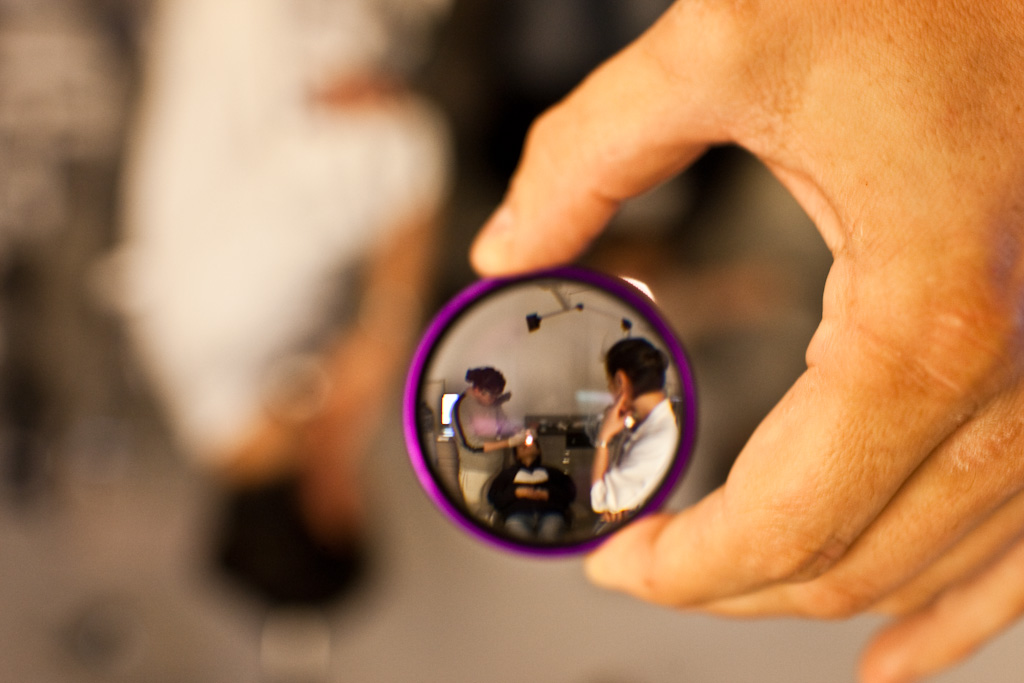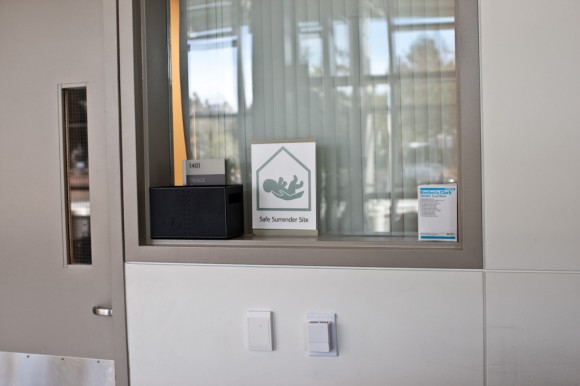When the UCLA ER bring their signature perfume to market it will be a subtle blend of antiseptic, human fatigue with a just a hint of fear. The more promiscuous amongst you will no-doubt recognise this as the perfect cologne for the perfect 2 point uh-oh date. Whilst the original plan was to spend this beautiful LA Saturday getting to know the foothills, fate, or to be more precise xxxxxxx has brought us on this alternative tour of a university hospital ER.
When you’re more used to public transport and bike lanes, valet parking at a hospital is a bit of a mind-phuck to be honest and with new job / family insurance coverage starting tomorrow my eyes are peeled for the Visa / MasterCard sign pasted at the entrance. Except that there are none – the most visible (bi-lingual) sign indicates that this is a Safe Surrender Site – where a newborn up to 36 hours old can be handed over medical authorities no questions asked. Actually they do ask questions – but the giver is under no obligation to answer.
At least I know they’ll take my first born if I max out my credit cards.
You might imagine that an ER would the optimal place to hand over a ‘surplus’ baby, but by all accounts the highest number are in fact turned over at fire stations in this fair city – reflecting perhaps a desire to put distance between themselves and ‘the system’ – hospitals being perceived as more track-traceable than the fire department, or maybe its simply that fire stations are easier to find.
There are numerous factors that make this site appropriate for safe surrender, not least trained staff with access to adequate medical facilities, and an understanding of process. It’s worth noting that the opposite is also true – that other locations are inherently less appropriate places to leave a baby – the counter of a gas station convenience store, bathroom in a department store, or the drive-thru Taco Bell on W Rosecrans Ave. If there’s one thing that the spread of pocketable, connected objects have taught us it’s that fixed location services can be taken mobile and that new services will rise. Does this apply to safe surrender of baby? How about for other objects where we wish to put a traceable distance between us and it?
It is one thing to geo-tag a newborn with the “give up for adoption tag” in the knowledge that collection and protection services will be monitoring the appropriate channels (the child-for-adoption layer on Google Earth) but that still doesn’t make it OK to leave it anywhere. But tagging might work for a gun or knife amnesty and, in countries where consumers pay to have electronics collected for tagging pre-paid recycled objects.
You might imagine that an ER would the optimal place to hand over a ‘surplus’ baby, but by all accounts the highest number are in fact turned over at fire stations in this fair city – reflecting perhaps a desire to put distance between themselves and ‘the system’ – hospitals being perceived as more track-traceable than the fire department, or maybe its simply that fire stations are easier to find.
There are numerous factors that make this site appropriate for safe surrender, not least trained staff with access to adequate medical facilities, and an understanding of process. It’s worth noting that the opposite is also true – that other locations are inherently less appropriate places to leave a baby – the counter of a gas station convenience store, bathroom in a department store, or the drive-thru Taco Bell on W Rosecrans Ave. If there’s one thing that the spread of pocketable, connected objects have taught us it’s that fixed location services can be taken mobile and that new services will rise. Does this apply to safe surrender of baby? How about for other objects where we wish to put a traceable distance between us and it?
It is one thing to geo-tag a newborn with the “give up for adoption tag” in the knowledge that collection and protection services will be monitoring the appropriate channels (the child-for-adoption layer on Google Earth) but that still doesn’t make it OK to leave it anywhere. But tagging might work for a gun or knife amnesty and, in countries where consumers pay to have electronics collected for tagging pre-paid recycled objects.

